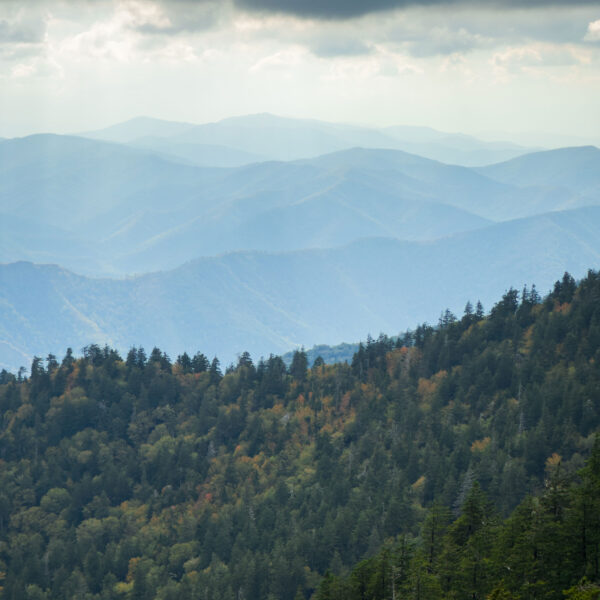
Great Smoky Mountains National Park (Image by Kris Maria)
There are benefits to exploring the national parks in the Eastern U.S. during winter, including fewer crowds and a whole new perspective on the landscape.
Winter likely isn’t the first season that comes to mind when you think about visiting national parks (it definitely was not for me), but the more I’ve traveled in the winter months, the more it’s grown on me! The colder months in the Eastern U.S. bring fewer crowds, dramatic landscapes, and a totally different way to experience the outdoors. Whether you love snow-covered peaks, frozen waterfalls, quiet coastal scenes, or crisp winter hikes, our East Coast national parks have plenty to offer in the off-season.
Here are some of the best East Coast national parks (aka my favorites) to visit in winter and some unique things you can do at each one:
Acadia National Park (Maine)
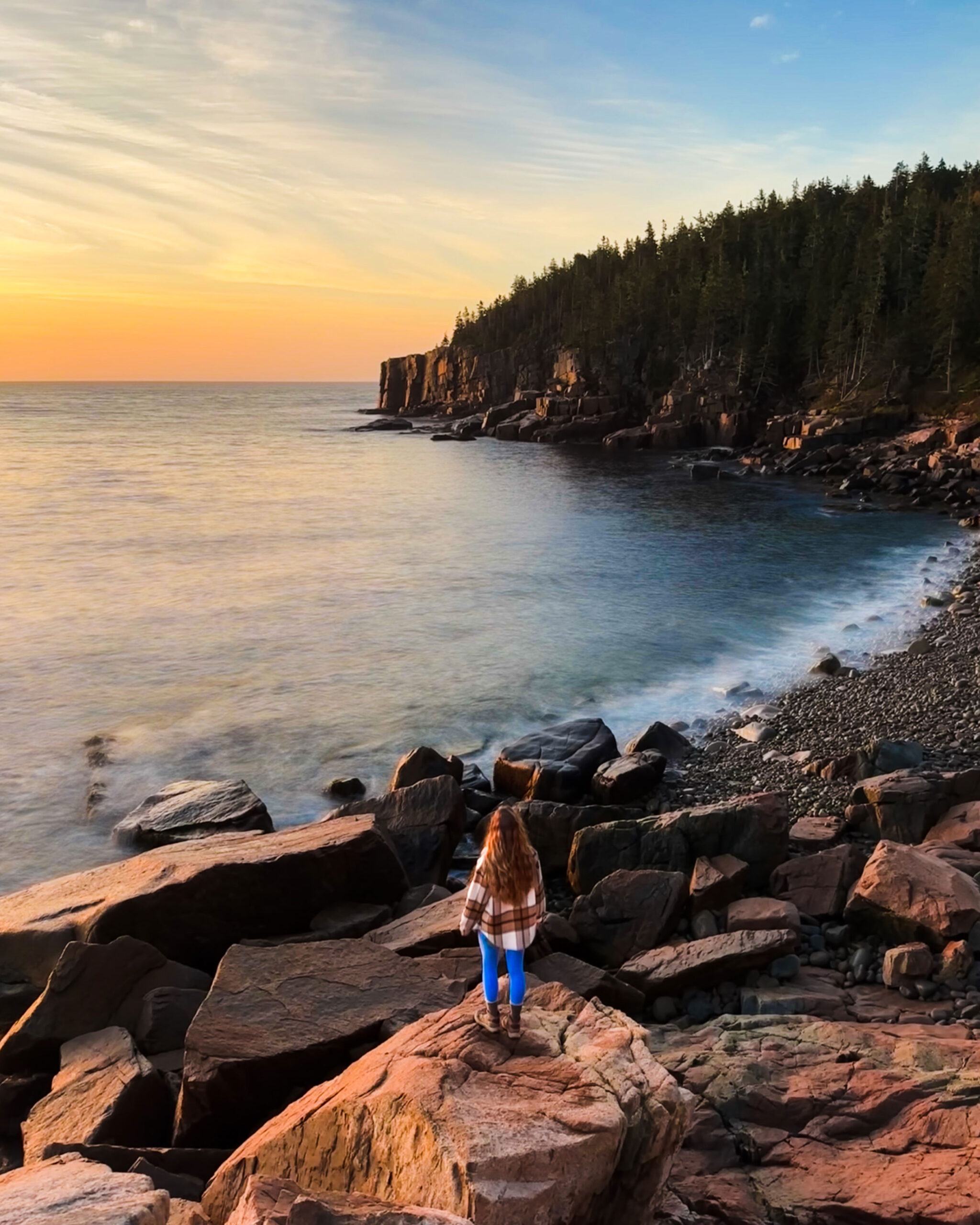
Acadia National Park (Image by Kris Maria)
Snow and ice transform Acadia National Park into a complete winter wonderland! With its rugged, rocky coastline dusted in snow and frozen lakes reflecting the winter sky, it’s a total dream for us outdoorsy folk. The park’s scenic Loop Road is mostly closed to vehicles in winter, but that just means it’s perfect for cross-country skiing and snowshoeing. Cadillac Mountain, one of the first places to see the sunrise in the U.S., is extra magical in winter. And if you’re into ice fishing (or perhaps even wild ice skating), there are plenty of nearby lakes.
Shenandoah National Park (Virginia)
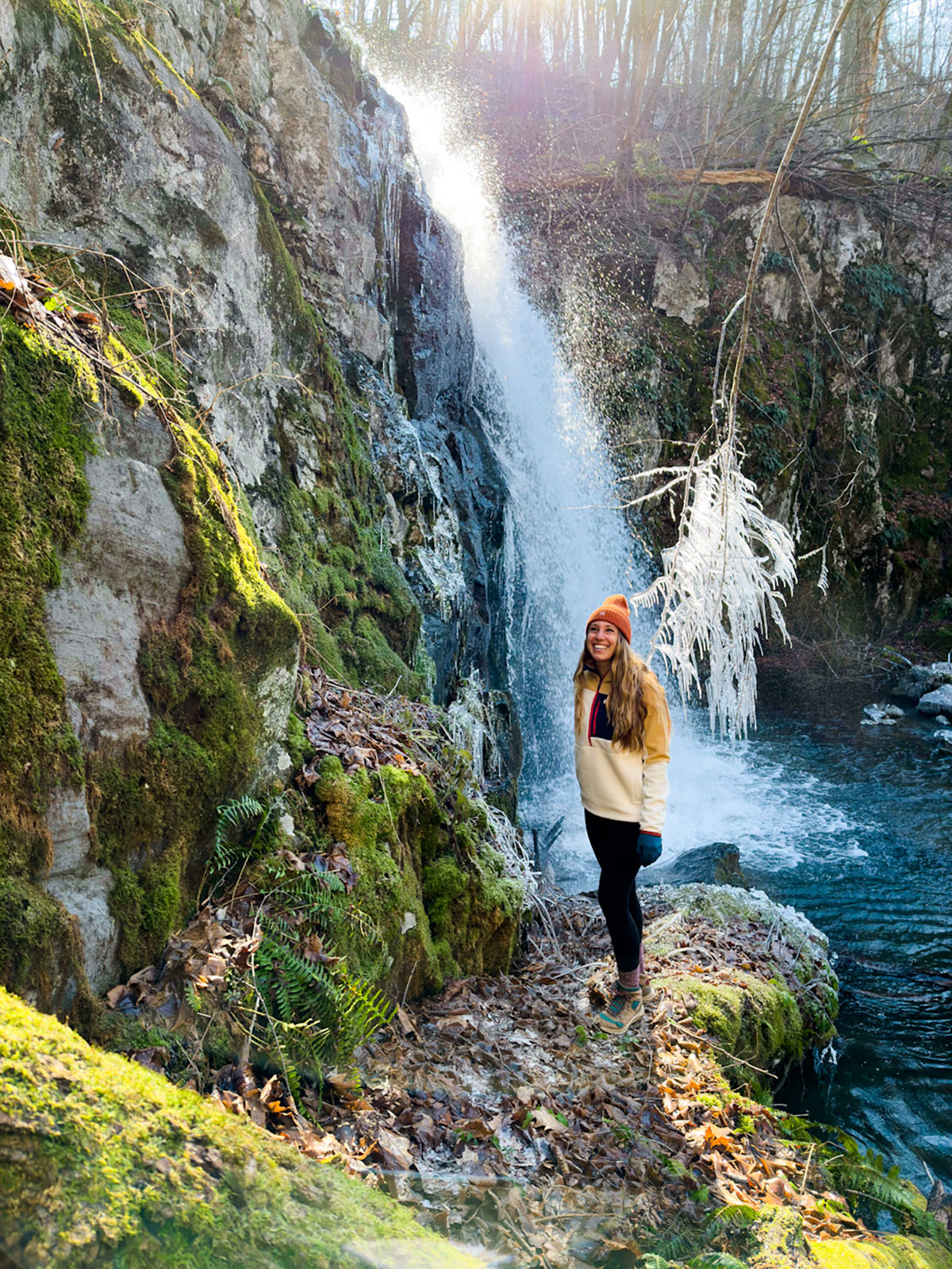
Shenandoah National Park (Image by Kris Maria)
Located 75 miles from Washington DC, Shenandoah National Park in Virginia becomes a peaceful retreat in the winter months. The beautiful Skyline Drive remains open (weather permitting), offering stunning views of the Blue Ridge Mountains — hopefully covered in snow! Fewer visitors mean you’ll have popular trails like Old Rag, Dark Hollow Falls or Stony Man practically to yourself.
The park is also a great spot for winter wildlife watching — keep an eye out for deer, foxes, and even black bears taking advantage of the quieter season.
New River Gorge National Park (West Virginia)
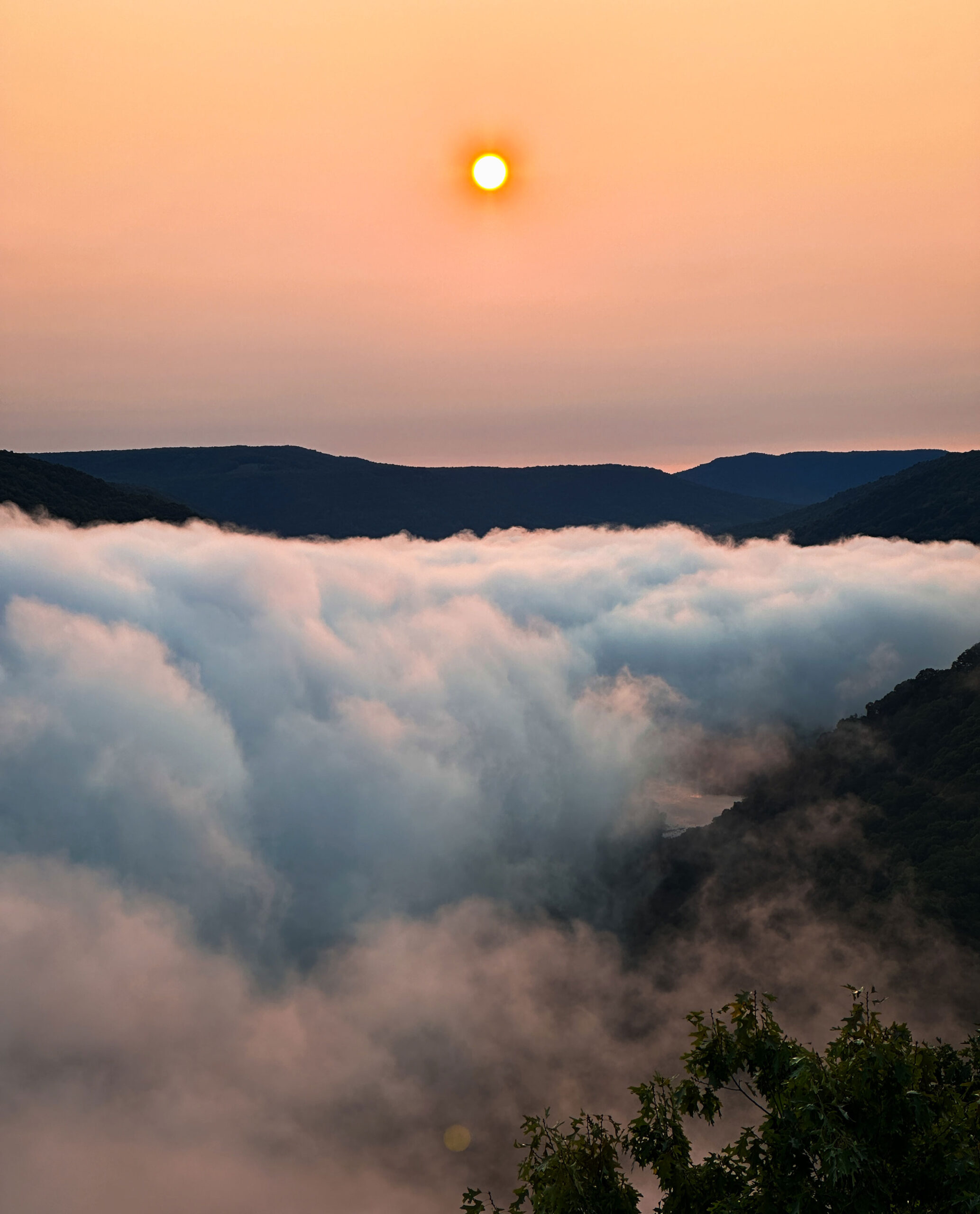
New River Gorge National Park (Image by Kris Maria)
West Virginia’s newest national park is just as stunning in winter as it is in the summer. While whitewater rafting might be off the table, winter is prime time for hiking, photography, and rock climbing — yes, winter climbing is a thing here!
The iconic New River Gorge Bridge is even more striking among the falling snow, and the trails around Endless Wall and Long Point provide breathtaking views with hardly another soul in sight.
Great Smoky Mountains National Park (Tennessee & North Carolina)
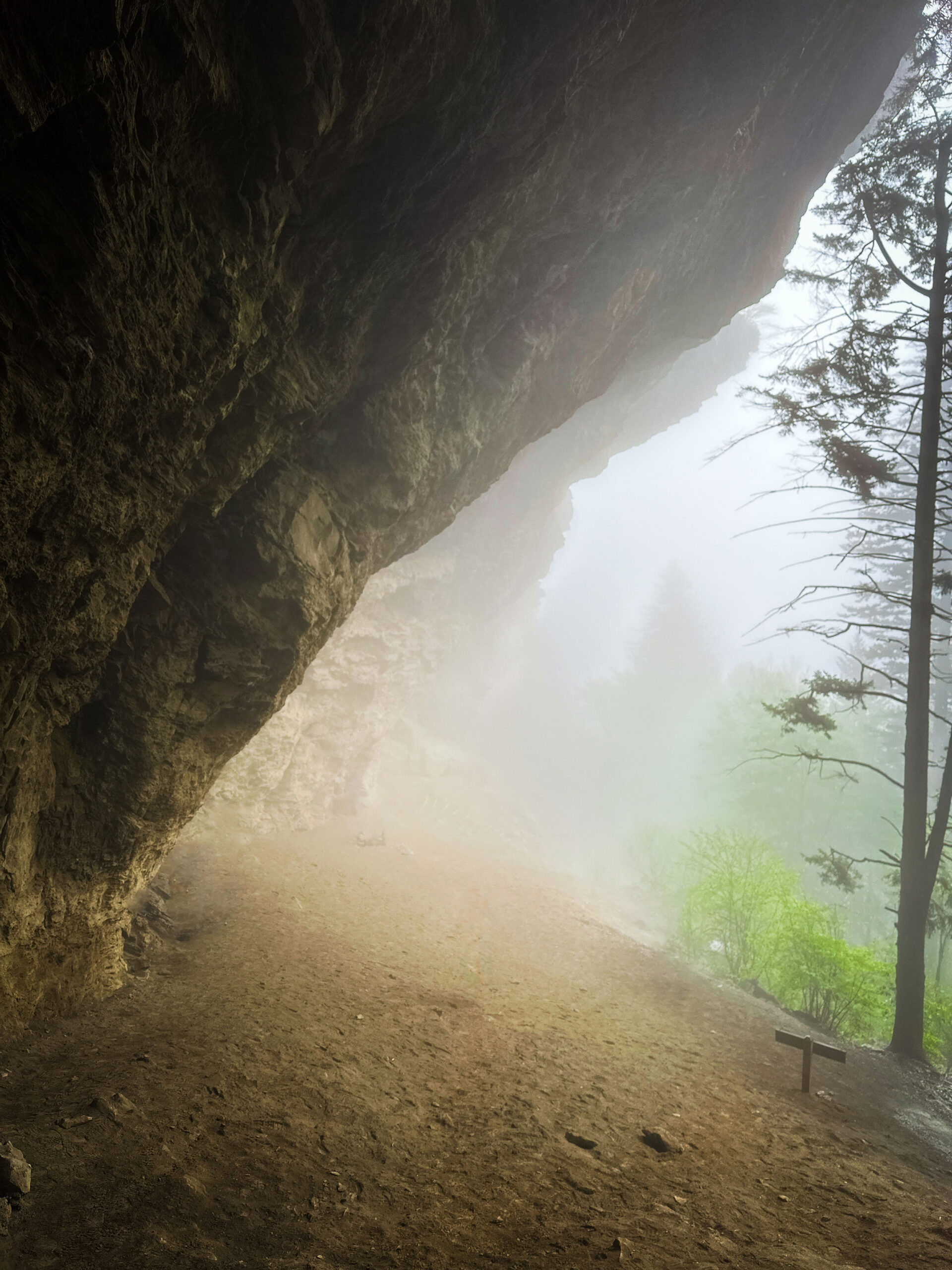
Great Smoky Mountains National Park (Image by Kris Maria)
Winter in the Smokies is the epitome of tranquility. Without the heavy crowds of fall, the park’s misty mountain views and frozen waterfalls feel almost untouched. Cades Cove is open year-round and is an incredible place for spotting wildlife like elk, deer, and even the occasional black bear.
If you’re up for a challenge, a winter hike to Clingmans Dome (the highest point in the park) rewards you with panoramic views that stretch for miles. Just be prepared for icy conditions!
Biscayne National Park (Florida)
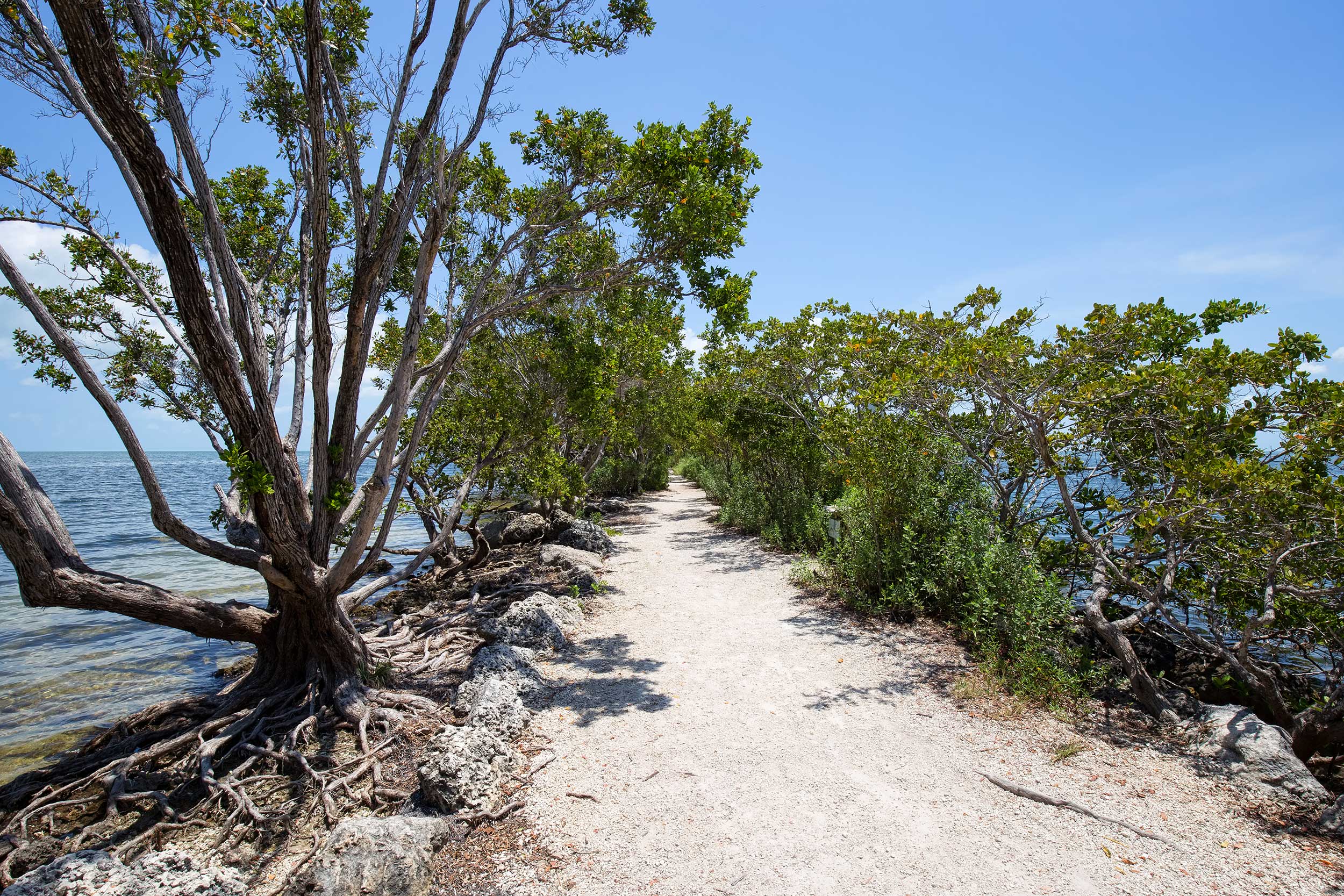
Biscayne National Park (Image by Rudy Umans, Shutterstock)
Not all winter adventures need to involve snow! Biscayne National Park, just off the coast of Miami, offers a completely different winter escape for fair-weather folk. The cooler temperatures make exploring the park’s underwater world even better, with crystal-clear waters ideal for snorkeling and scuba diving.
The park is 95 percent water, so hopping on a boat tour to see mangroves, coral reefs, and shipwrecks is a must. Plus, winter is prime time for spotting manatees as they gather in the warmer waters.
Winter Travel Tips for National Parks
No matter which park you choose, winter travel requires a bit of extra planning. Here are some key things to keep in mind:
- Check for closures: Many park roads, visitor centers, and facilities have seasonal closures, so check the park’s website before heading out.
- Dress for the weather: Layers are your best friend. Even in parks like Biscayne, mornings can be chilly.
- Be prepared for winter hiking: Trails can be icy or snow-covered, so bring traction devices for your boots and trekking poles for extra stability.
- Wildlife safety: Animals behave differently in winter, so always keep a safe distance and respect their space.
- Know your limits: Winter conditions can make trails more challenging, so don’t push beyond your experience level.
Winter may not be the most traditional time to visit national parks, but it just might become your new favorite season to explore. Whether you’re chasing snowy landscapes in Acadia or snorkeling in Biscayne’s clear waters, the East Coast’s national parks have something incredible to offer—even in the colder months. So bundle up (or grab your wetsuit) and get out there!
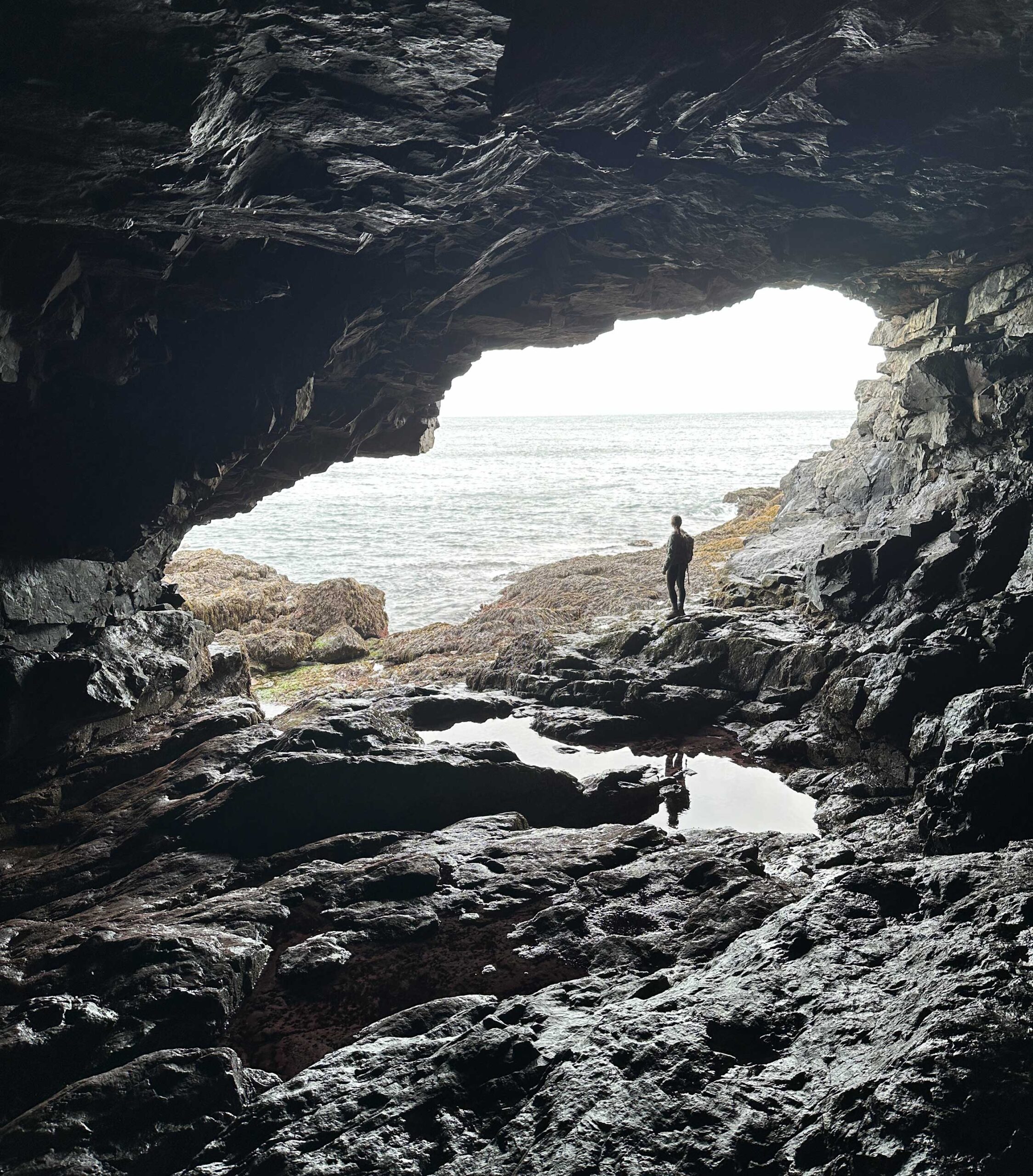
Acadia National Park (Image by Kris Maria)
Kris Maria is a hiking and travel blogger based in the Washington, D.C., area. Visit her website, krismariawanders.com, for more East Coast adventure ideas.
 Your Privacy Choices
Your Privacy Choices